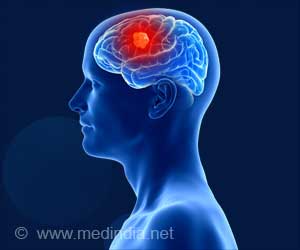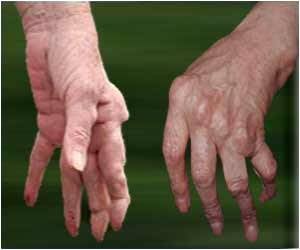Researchers from Tufts University in Boston are using mathematical models to decipher the timing, severity and impact of cyclic recurrences of diseases.
Researchers from Tufts University in Boston are using mathematical models to decipher the timing, severity and impact of cyclic recurrences of diseases. Developing such precise models is a step toward improving disease surveillance and public health alert systems, both of which are crucial to preventing the spread of some diseases.
In order to accurately predict when outbreaks of disease will occur, and how many people will be effected, Elena Naumova, PhD, associate professor in the Department of Public Heath and Family Medicine at Tufts University School of Medicine in Boston, and colleagues, are studying seasonality by creating mathematical models based on environmental factors like outdoor temperature. “Until recently, public health workers and epidemiologists have eyeballed outbreak cycles relative to the weather in order to estimate when the next outbreak will strike a population,” explains Naumova. “But having a more accurate and reliable method of disease surveillance is crucial to forecasting outbreaks in order to implement warning systems,” says Naumova. She and colleagues have developed mathematical models that will more accurately assess seasonality in an effort to better predict when an outbreak will peak and how many people may fall ill.Naumova and colleagues tested their mathematical models with data gathered from the Massachusetts Department of Public Health on six diseases: giardiasis, cryptosporidiosis, salmonellosis, campylobacteriosis, shigellosis and hepatitis A, all characterized by nausea, diarrhea, abdominal cramping and often fever. Whereas many previous epidemiological studies investigating seasonality have used monthly data or quarterly data, Naumova and colleagues used daily data, enabling the researchers to detect more subtle changes in disease patterns that may have been previously overlooked. “With more than 1,000 cases of salmonellosis alone each year in Massachusetts, awareness of these subtle changes is crucial because if the public can be alerted to an outbreak even a few days earlier, it would save time, healthcare costs, and most importantly, may save many people a trip to the hospital,” says Naumova.
Using ten years of data (1992-2001), researchers analyzed the timing, duration and magnitude of each of these enteric, or intestinal, diseases and compared these values to the corresponding average daily outdoor temperature in Massachusetts. Both salmonellosis and cryptosporidiosis peaked at the end of July; the hottest time of year in Massachusetts. However, giardiasis, shigellosis and cryptosporidiosis outbreaks spiked one month after the temperature peak. There was no observable trend for hepatitis A.
“Several factors may explain the one-month delay of giardiasis, shigellosis and cryptosporidiosis,” explains Naumova, “including different routes of transmission of each pathogen, greater spread of a disease due to close person-to-person contact, and different symptoms among patients. More than likely it is a combination of factors.” Naumova also notes that this second peak in disease may be linked to recreational water use. “By August in Massachusetts, recreational water sources are at their warmest, having been heated all summer long. This higher water temperature, combined with close person-to-person contact, may be the reason for the second peak of outbreaks observed with these three pathogens.” Disease surveillance and alert systems are crucial to preventing the spread of disease. “At both the global and community level, public health officials are working with epidemiologists to develop standardized alert and response systems at the first signs of an outbreak,” says Naumova. “It is our hope that this mathematical model, based on daily data, will contribute a degree of accuracy in the field of outbreak forecasting and disease surveillance.”
Source-Eurekalert
ANN /J





